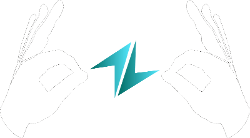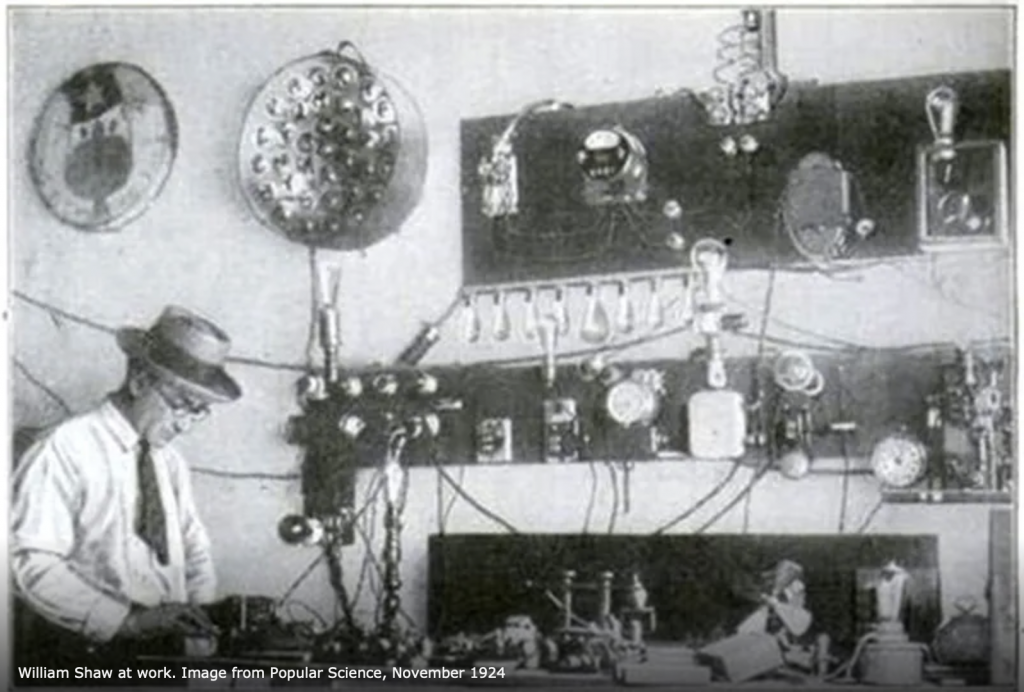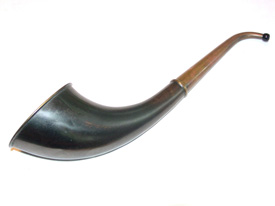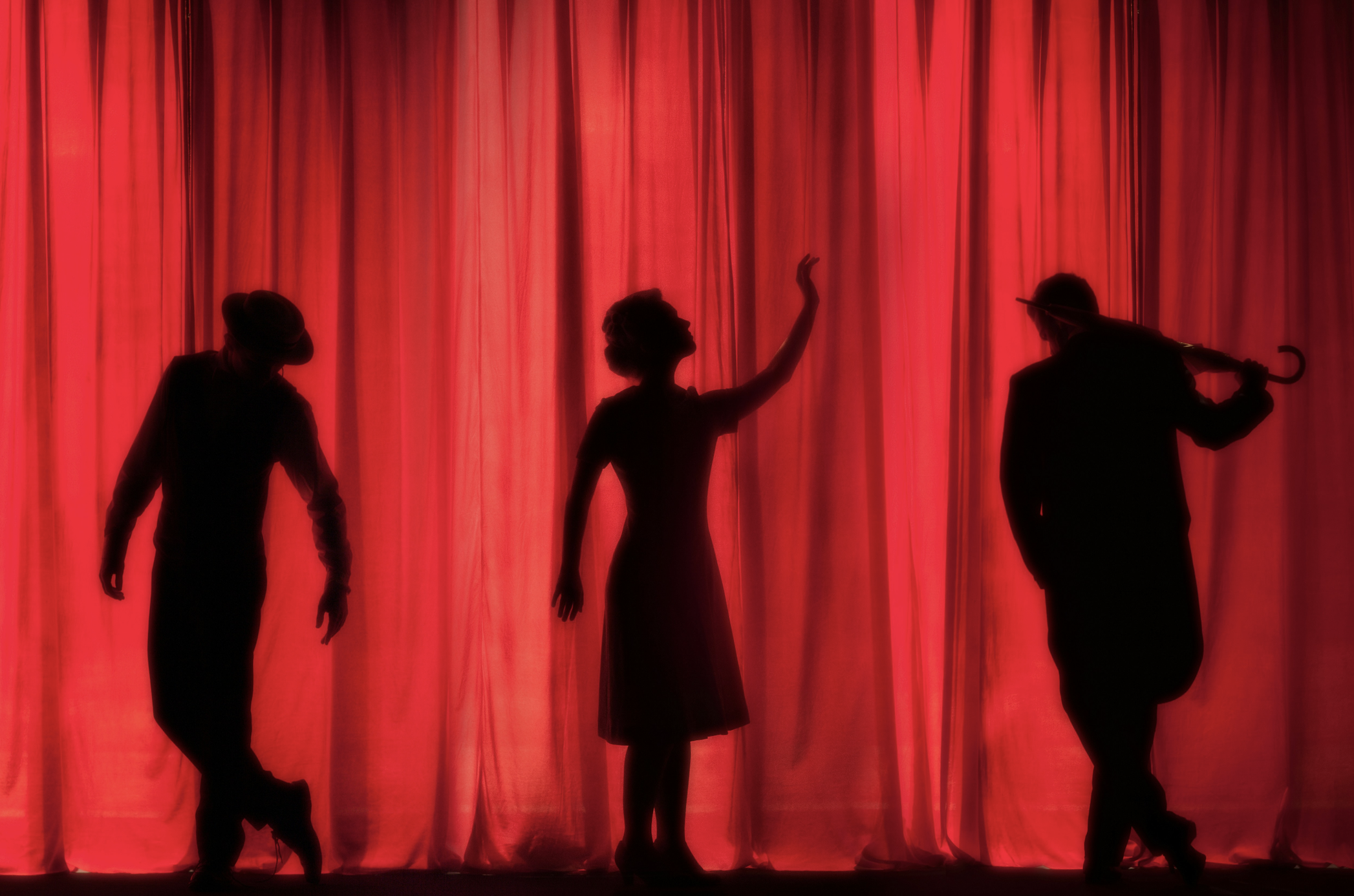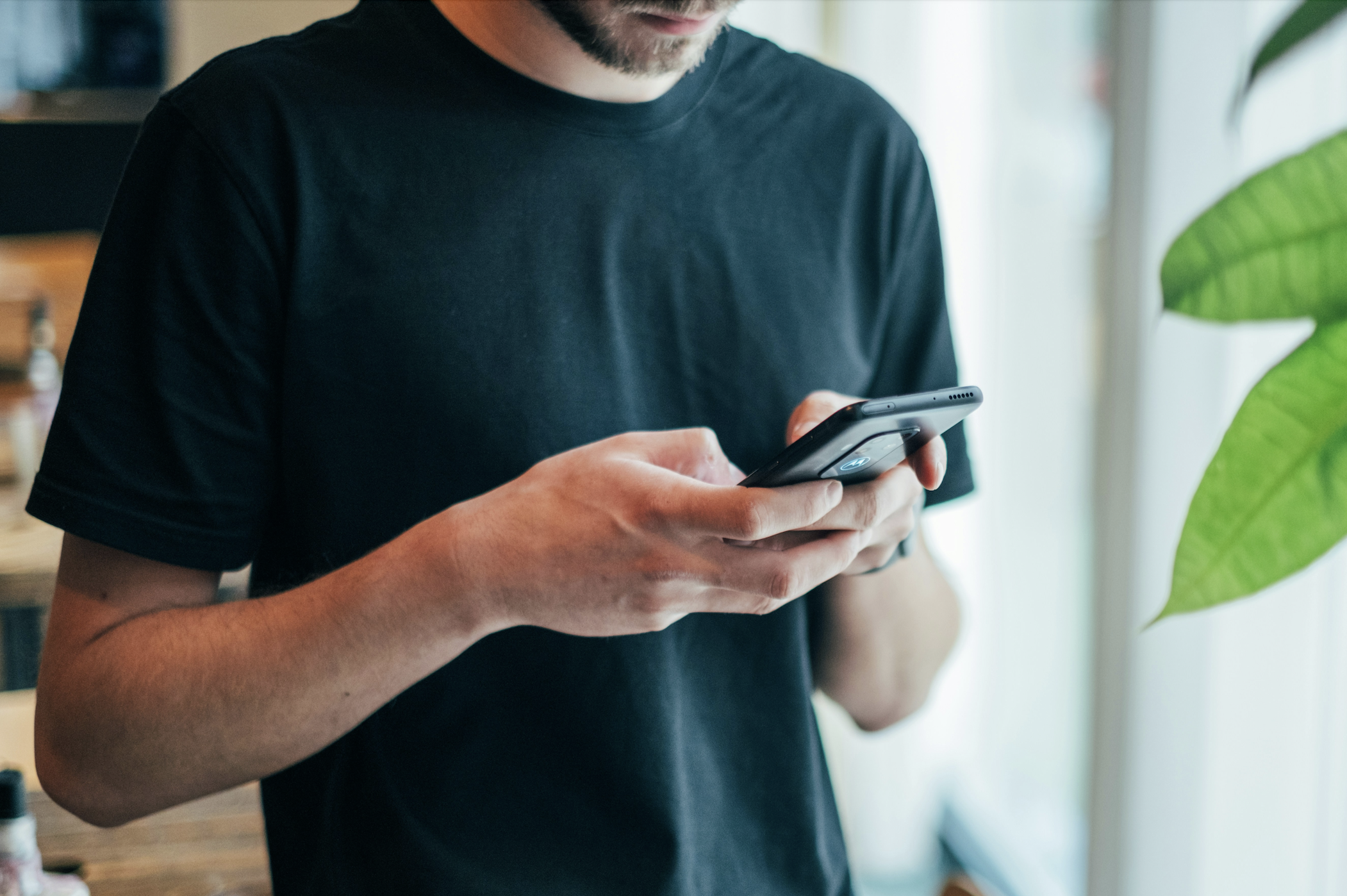Before the 20th century, technology to help Deaf people was very rare. Often, they were very expensive or unavailable. Most of the time, Deaf people didn’t know about their existence.
They often missed out on information around them, so they had to find ways to overcome obstacles to live their daily lives as normally as possible.
How did Deaf people wake up before the invention of Deaf alarm clocks?
Deaf alarm clocks are very commonly used amongst Deaf people in the 21st century. Prior to the invention of them, Deaf people had to get creative with ways to wake themselves up.
1. Relying on Other Senses
Their body would compensate for the loss of hearing with a heightened senses of sight and touch. Naturally, when the sunlight comes in through the windows, your sense of sight starts to tune in. Many Deaf people relied on this alone to wake up.
Sometimes, natural sunlight along with a full bladder would be what would eventually wake them.
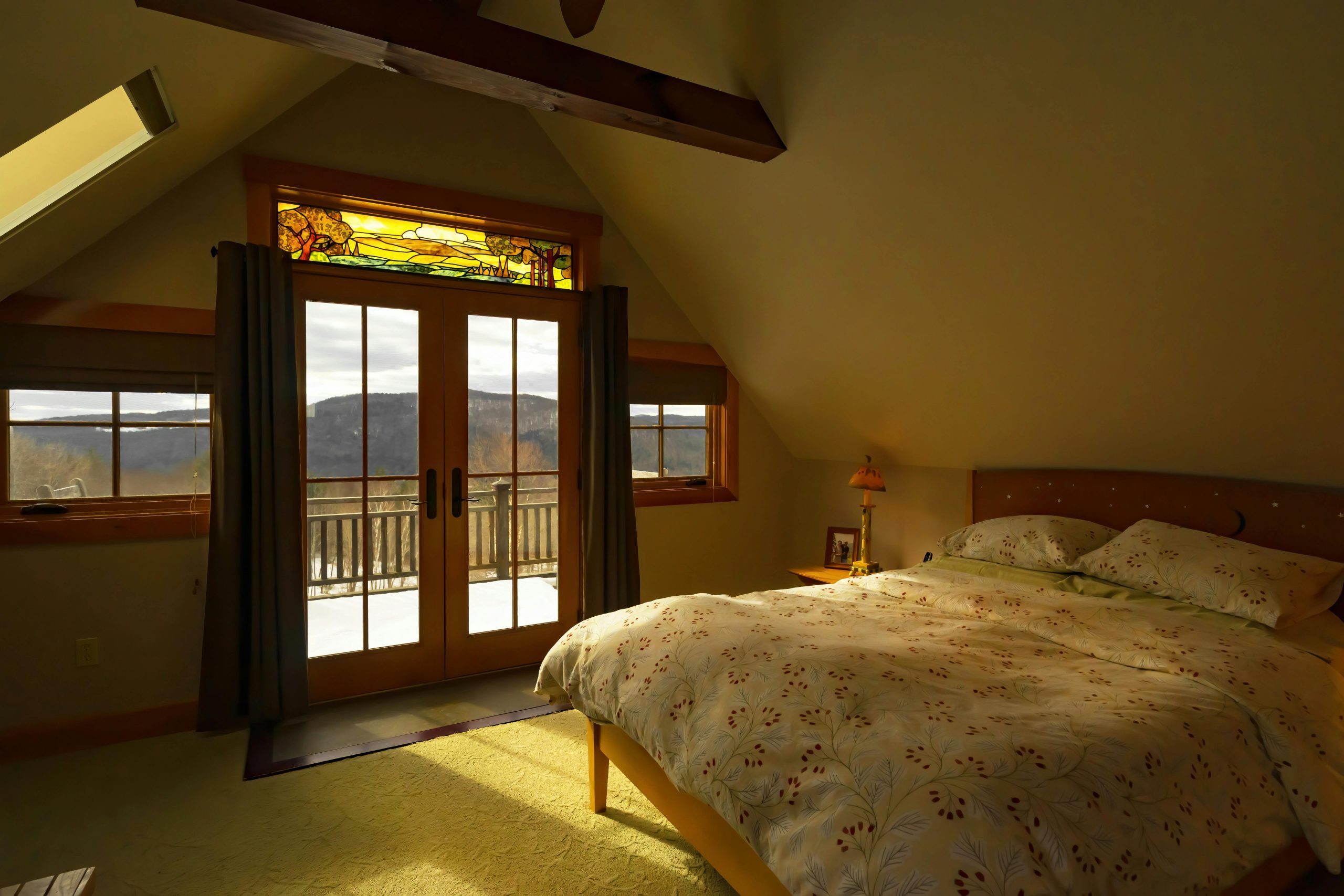
2. Hearing People Living Under the Same Roof
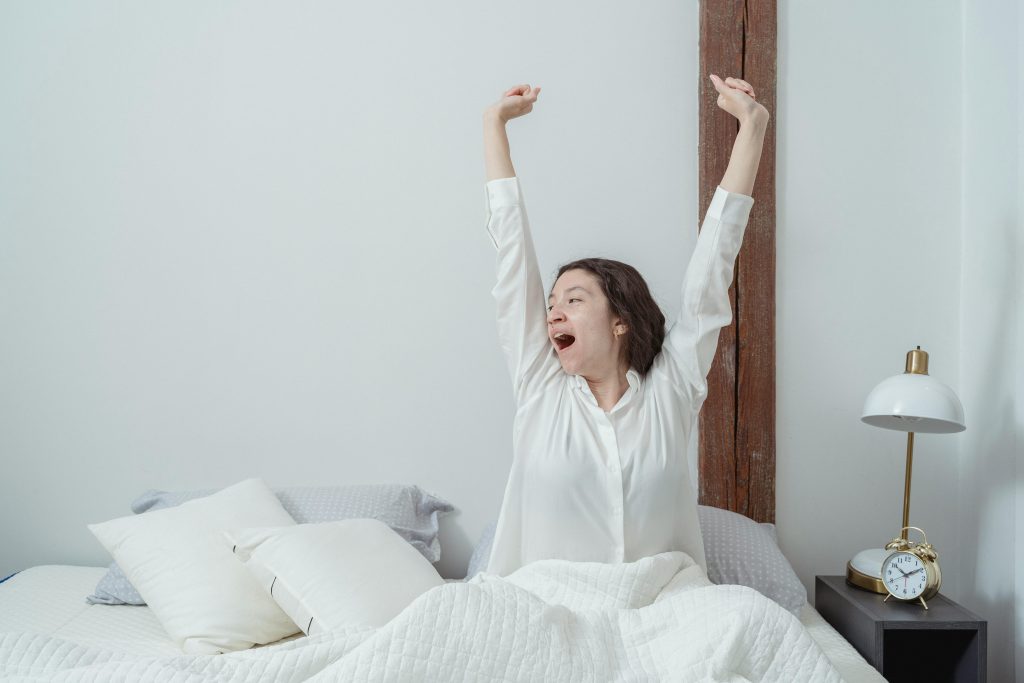
If they were heavy sleepers and couldn’t only rely on their other senses to wake them up, they would result in relying on other hearing family members or roommates. This method, while effective, lessened the ability for independence and wasn’t an option for Deaf people living alone.
3. Uncertified Hearing Pets

Deaf people often trained their pets to wake them up by establishing morning feedings and bathroom times.
Having service animals to assist Deaf people isn’t new. It’s been around for much longer than the first organization of certified trained service animals.
Training programs for hearing dogs for Deaf people did not exist until the early 1970s when a Deaf woman named Elva Janke’s dog passed away. Prior to her dog passing, it had naturally alerted her to sounds.
Through the local news station, she was able to connect with a local dog trainer and together they trained the first six official hearing dogs.
4. Noisy Public Transportation

Some deaf people lived in big cities where their apartment was on the ground floor, which meant it was near a bus, trolley, or train tracks.
When a transportation vehicle drove by, it would create huge vibrations. Many Deaf people have shared stories that when a train, or trolley would drive by that is what would wake them up to get ready for work.
The Start of Inventions for Deaf Accessibility
William Shaw
William Shaw was one of the greatest Deaf inventors. He was most famous for his assistive technology devices that provided accessibility to the hard of hearing and deaf community.
One of his first inventions was the Deaf alarm clock which used flashing lights and electric fans to wake them up. Later in his career he also invented devices like doorbells, other alarms, clocks, baby monitors, and phones.
There are many stories about his alarm clock key invention. The clock functioned through a chain of pulleys and other mechanisms that eventually triggered a heavy object that would fall or light to turn on.
The clock alarm hammer would hit a couple of metal bells, which turned a key, pulling the string to the lamp, and turned it on. Sometimes the device would be set to make a heavy object fall off the nightstand or on the bed.
The Invention of the Telephone
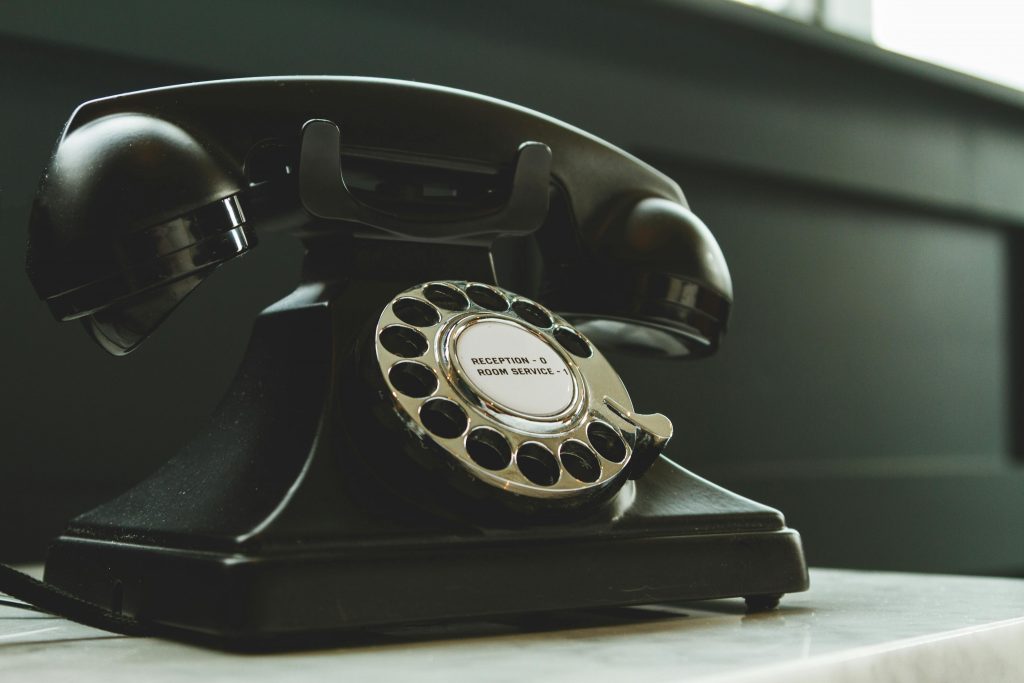
When Alexander Graham Bell invented the telephone, he wanted it to be available for the deaf. The irony of the invention was that most Deaf people cannot hear and it benefited the hearing instead. What’s worse is that it kept the deaf out of promotions at their jobs when telephones were required. Communication barriers between the deaf and hearing continued.
To learn more about Alexander Graham Bell read our article here.
Early Hearing Device Technologies
The earliest invention of a hearing device for deaf people was the ear trumpet dating to the early 17th century. In the 18th century and beyond, there was a wider variety of hearing devices for hard of hearing and deaf people. It evolved into hearing aids.
Early Deaf Entertainment Accessibility
In the late 19th century and early 20th century, the audio feature wasn’t invented yet. For all watchers to better understand, they added subtitles in between the “mouthing” moments. These films were called “Silent Films”.
The silent films were usually comedy and short films. Deaf people loved to watch them because the actors were very expressive and physically “loud”. Even illiterate deaf people could understand the plot and theme.
Foreign films with English subtitles became available as well and the Deaf enjoyed watching them.
Later on, open-captioned movies became available. Open-captioning is when the captions are always in view and cannot be turned off.
Deaf Theatre and Plays
Attending hearing plays wasn’t a common pastime for Deaf people because interpreters weren’t available or rarely used. Most of the time it was CODAs (“Children of the Deaf Adults”), who interpreted for their parents on the sideline or sat next to them. Deaf people performed in plays at their own clubs. They posted the plays every weekend and many Deaf people traveled from faraway homes to watch, congregate, and socialize.
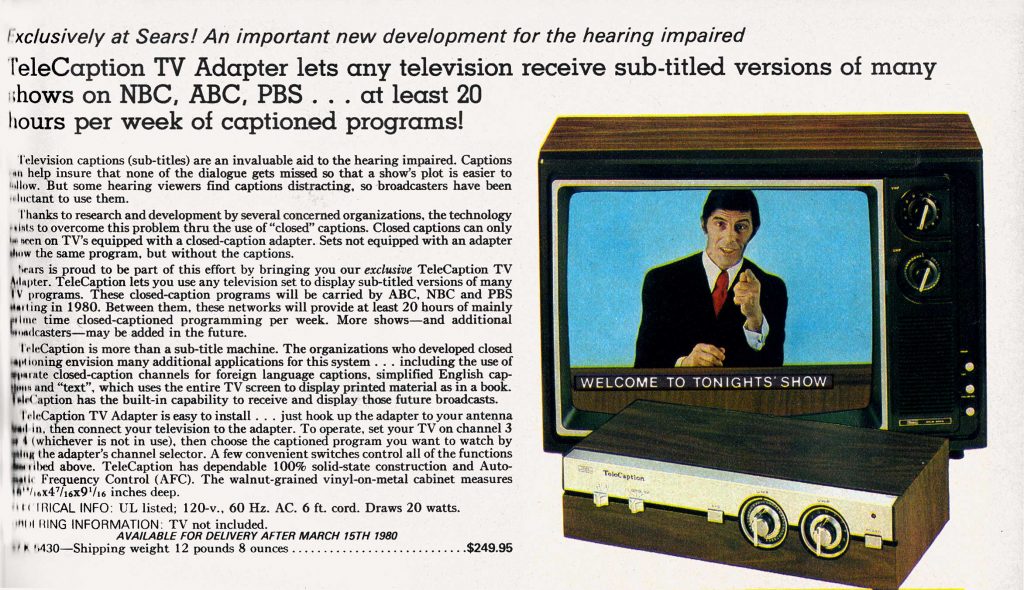
Early TV Accessibility for Deaf People
Prior 1970s, the only “captions” Deaf people could watch were open-captioned movies. Then in 1979 the, NCI (National Captioning Institute) was established and funded. The NCI made sure that Deaf people had closed captioning services which was a new technology for deaf people. The first show showing closed captions was ABC News Reporting. During the 1970s, closed captions were slowly added to more TV shows and movies. However, closed captions required a decoding device. The department store, Sears was selling the machines. In 1993, a bill signed by President George H. W. Bush required all TVs at 13-inch or larger to have closed captioning installed. Realtime captioning, video captioning, and captioning companies all came soon after.
Deaf Accessibility in the Age of Digital Communication
In the last 60+ years, technology has dramatically improved the accessibility for the Deaf. After almost 100 years after the telephone invention, in the 1960s, the Teletypewriter aka TTY device which was a telecommunication device for the deaf was invented which made communication between Deaf users possible. But the barrier between the Deaf and hearing still existed.
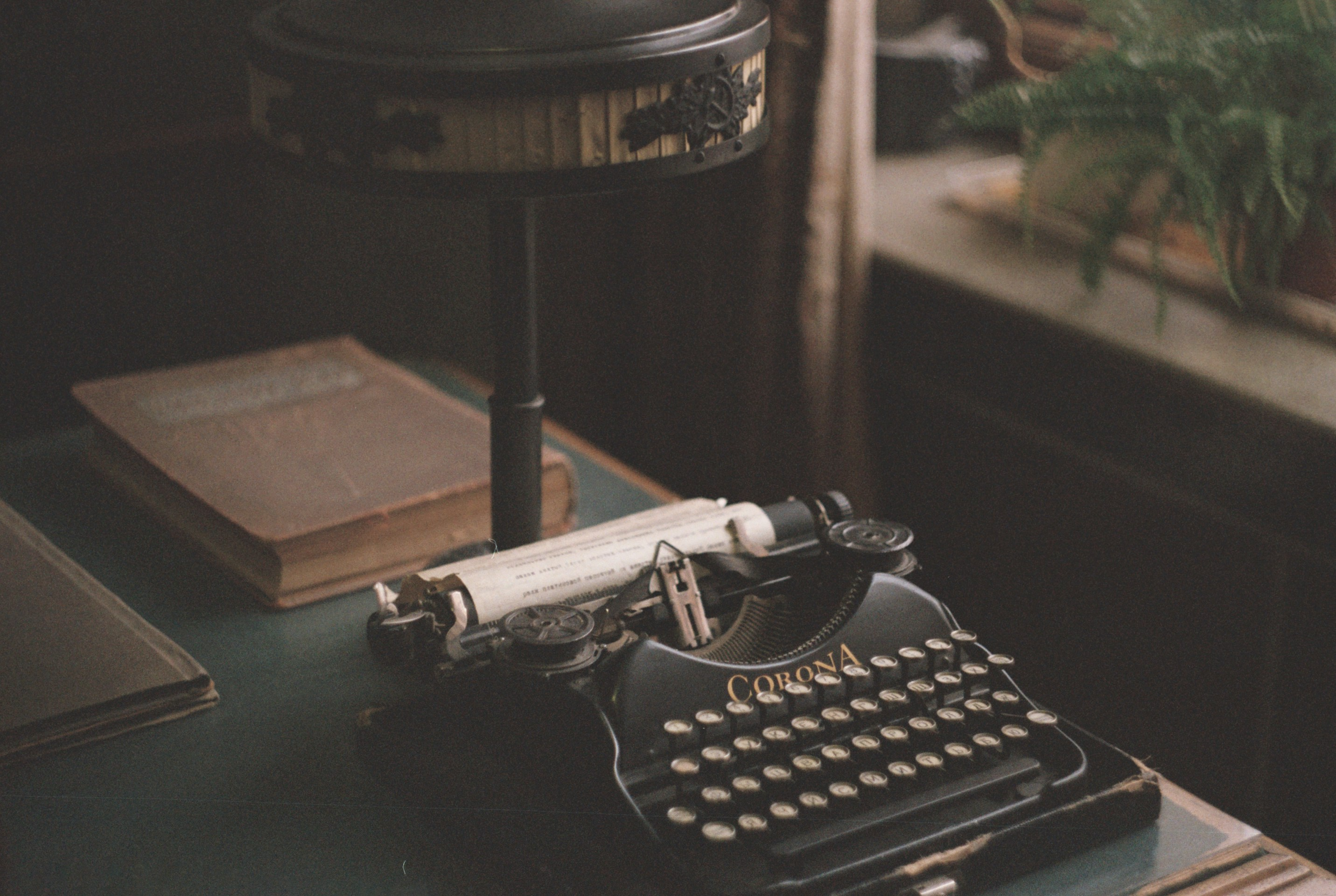
After the 1980s, the accessibility level increased much more because the home computer became more available and common. One of them was IMs (instant messaging) which has made Deaf users feel equal with their hearing peers.
In the 1990s, cell phones became more common when they were cheaper and portable. One of the features was texting. It gave the Deaf a better advantage, just like instant messaging, when they communicated with their hearing peers via texting.
‘Til next time, ta ta! 😀🤟🏻
